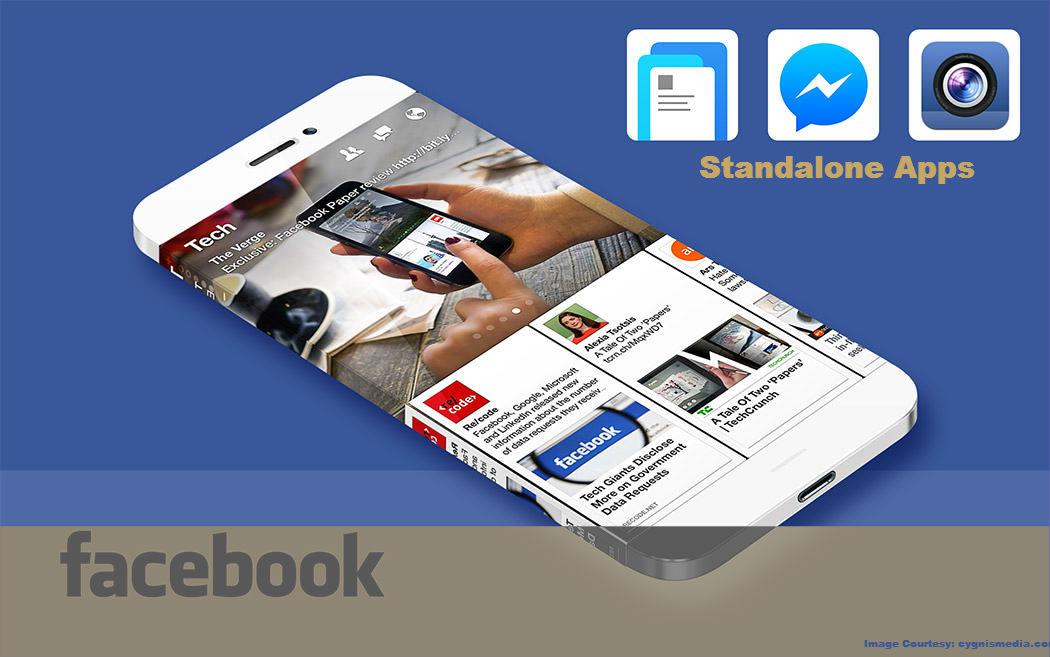Standalone apps are supposed to fail most often and this fear has greatly affected the standalone app boom of 2014.
Table of Contents
Generally, 1 in 10 startups succeed, but in consumer social apps, the risk is even more. This is basically because you are required to provide an immediately accessible product that is totally attractive and compelling and that is able to stimulate a loyal community around it.
Redesigning such an app without screwing up the original user experience is really tough. The big market players have already stopped trying this. Take the example of Facebook and Twitter which haven’t changed their interface in years. Though there have been slight changes in navigation schemes and images, the fundamental look has remained the same. Redesigning core features is highly risky. One wrong move can make them lose millions of users, along with the millions of dollars they generate.

While building new apps within the existing ones is tough, not building them can be costly.
Initially, Facebook was the biggest photo-sharing application, although it wasn’t developed for mobile. Instagram, on the other hand, combined filters with a Facebook-style feed that nearly ditched everything else but photos, and it took off. Facebook had to spend $1 billion to buy the startup before it could cause serious problems for it.
The fact that Instagram has grown from 30 million to over 200 million users, evidently supports the decision. If Facebook had hesitated then, it would have had to pay much more later.
So now, when it is clear that it is tough to hatch new behaviour patterns in already existing apps and expensive to buy already proven new apps, the possible strategy of building standalone apps comes into play:
Cheap: It’s relatively inexpensive to align the workforce with a new idea rather than redesigning an existing app.
Fast: Since the developers and engineers don’t need to fit the product in an existing app, it becomes easier to find new styles and the development process quickens.
Low-Risk: Since the idea is new, companies don’t need to worry about the reactions of the existing users to the shocking changes.
Best-case scenario suggests that the app is a total hit, and the company can add another popular product to its pool. Also, the app can act as an extension of the parent company’s main brand.
There can be cases when the app is fairly successful. In such a scenario, it can collect and analyze user data and apply it to the company’s main product. For example, Facebook’s first-ever standalone photo application, Facebook Camera, served as a testing tool to add new features to the main Facebook application.
Through this standalone app model, Facebook discovered features like multi-shot uploads and filters; so, even though the former application would eventually be shut down, it helped in a certain way.
Worst-case scenario suggests that the app is a total flop. But is it that bad? Tech giants can afford to hire big teams of developers and engineers to build new apps. Facebook starting its Creative Labs initiative to develop new apps outside its core experience is clear evidence supporting this.
Few people who might have a disappointing experience with the standalone app may lose their confidence in the parent company. But, if you take examples of Facebook’s feed-reading app Paper and Twitter #Music, they haven’t made us, unlike their main apps. That’s actually the whole point of being standalone. The parent company can simply disown the failed standalone app and move on with its main app.

There are so many standalone apps like Instagram’s bolt, Dropbox Carousel, Facebook’s Slingshot and Twitter #Music that require attention here. While Twitter #Music is completely dead, Carousel and Slingshot have been losing the market slowly, and Bolt is not that popular.
But, as we said above it doesn’t matter much as they are just free plays and the companies always have the option to reject them. So, instead of counting the number of downloads for standalone apps, more and more companies should be promoting their development.